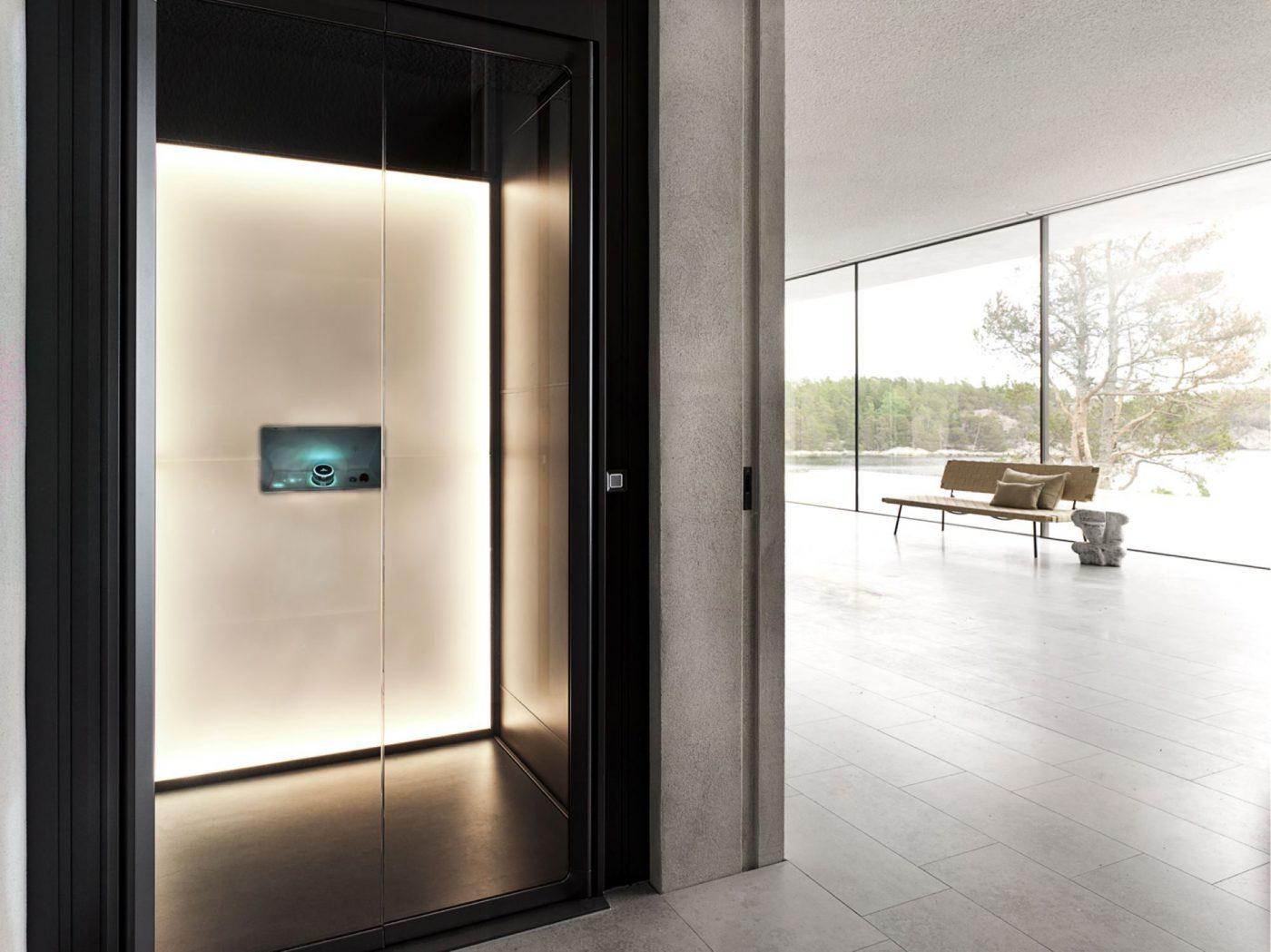We Maintain Lifts with Accuracy: Ensuring Security and Effectiveness
We Maintain Lifts with Accuracy: Ensuring Security and Effectiveness
Blog Article
Exploring the World of Lifts: Usual Concerns Dealt With by Different Lift Mechanisms
As we navigate with the upright transport systems of modern-day structures, elevators attract attention as a crucial part of our day-to-days live. However, behind their seamless procedure exists a globe of elaborate systems that can occasionally come across challenges. From hydraulic elevators to grip systems and machine-room-less designs, each lift kind includes its set of common concerns. Recognizing these obstacles is essential for ensuring the smooth functioning of these important systems. Let's check out the intricacies that underlie the procedure of elevators and the potential concerns that can emerge, clarifying the intricate internet of lift mechanisms.
Hydraulic Elevators
Hydraulic elevators, often liked for low-rise buildings, utilize fluid pressure to manage the motion of the lift vehicle (lift repair companies). This mechanism includes a hydraulic pump pressing oil right into a cylinder, triggering the elevator to move in the wanted direction. While hydraulic lifts are recognized for their smooth and peaceful procedure, they do come with their own set of typical concerns
One widespread problem with hydraulic elevators is oil leak. The seals in the hydraulic system can break in time, causing oil seepage. This not only develops a mess but can also affect the lift's efficiency if left unaddressed. In addition, issues with the control system, such as defective shutoffs or a malfunctioning pump, can trigger disruptions in the elevator's activity.
Regular upkeep and punctual fixings are necessary to make sure the smooth functioning of hydraulic lifts. By resolving these typical problems proactively, building owners can lessen downtime and guarantee the security and effectiveness of their upright transport system.
Traction Lifts
When considering vertical transport systems in structures, another typical type other than hydraulic elevators is the traction lift. Traction elevators operate making use of a system of ropes and weights that move the lift car by grasping onto the hoist ropes. This mechanism permits smoother and faster vertical transport contrasted to hydraulic systems.
One of the common problems faced by grip lifts is rope wear. The consistent activity of the ropes within the traction system can lead to tear and wear gradually, potentially triggering the lift to breakdown or come to be dangerous for usage. Routine inspections and upkeep of the ropes are vital to guarantee the elevator's correct functioning and safety and security.
One more concern that grip lifts might encounter is associated with the control system. Troubles with the control system can result in concerns such as irregular movement, delays in reaction times, or even total shutdowns. Routine screening and upkeep of the control system are vital to avoid such problems and make certain the elevator's dependability.
Machine-Room-Less (MRL) Lifts

One of the crucial components of MRL lifts is the small gearless grip machine that is set up within the hoistway. This equipment successfully drives the elevator vehicle without the demand for large tools found in typical traction lifts. In addition, MRL elevators commonly make use of a weight system to balance the cars and truck, further enhancing their power effectiveness.
Despite their advantages, MRL lifts may face challenges connected to repair and maintenance because of the restricted area for tools setup. Ease of access for servicing elements within the shaft can be restricted, needing specialized training for technicians. Correct maintenance timetables and normal examinations are critical i thought about this to make sure the ongoing smooth operation of MRL lifts.
Overloading and Weight Limit Issues
Overwhelming and weight restriction problems are critical concerns in elevator operations. Elevator manufacturers style raises with specific weight abilities to ensure traveler security and devices long life.
When elevators are overloaded, it puts excessive strain on the electric motor, wires, and various other parts, potentially triggering break downs or breakdowns. Security devices such as sensing units and overload sensors remain in location to avoid elevators from moving if they find excess weight. Furthermore, going beyond weight limitations can lead to enhanced power consumption and damage on the elevator system.
To minimize overwhelming issues, building managers must plainly present weight limitations in elevators and enlighten owners on the importance of sticking to these constraints - lift repair companies. Routine upkeep checks by certified specialists can additionally assist ensure that lifts are operating within secure weight criteria. By dealing with overloading and weight limitation issues proactively, structure owners can improve elevator security and efficiency
Electrical System Failings
Exceeding weight limitations in lifts can not only lead to mechanical concerns but also potentially contribute to electrical system failings within the lift facilities. Electric system failings are a vital issue in elevator operation, as they can create unanticipated closures, malfunctions, or also security dangers.
Additionally, power surges or variations in the electrical supply can likewise interfere with the elevator's operation, impacting its performance and security. These electrical disturbances learn this here now can damage delicate elevator parts such as control board, motherboard, or sensors, leading to system failings. Routine maintenance and evaluations are vital to identify and lift repair near me resolve potential electrical problems without delay, ensuring the reliable and safe procedure of lift systems. By sticking to weight restrictions and carrying out regular electrical system checks, building proprietors can reduce the danger of electrical failings in lifts.
Final Thought

Hydraulic elevators, frequently preferred for low-rise buildings, utilize fluid stress to control the movement of the elevator car.When considering vertical transportation systems in structures, another typical kind aside from hydraulic lifts is the traction elevator. Grip elevators run using a system of ropes and weights that move the lift auto by grasping onto the hoist ropes. Unlike traditional elevators that require a different machine space to house the tools, MRL lifts integrate most of the components within the shaft, removing the demand for a committed maker space.In verdict, lifts deal with common concerns such as hydraulic malfunctions, grip system failings, and electrical system problems.
Report this page